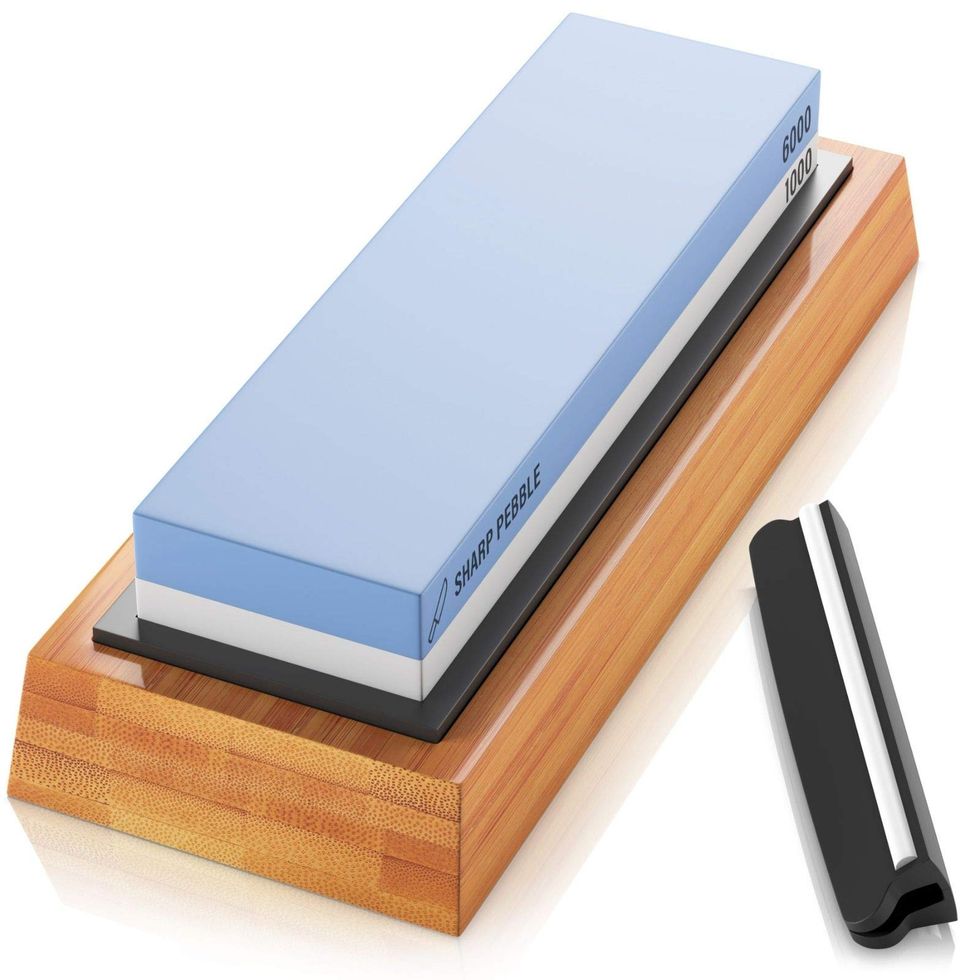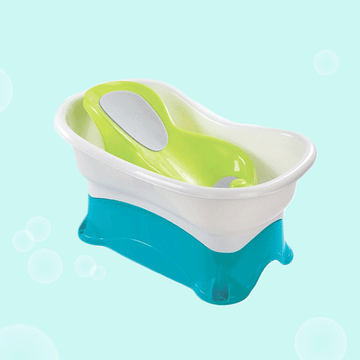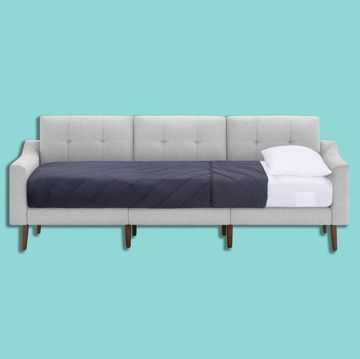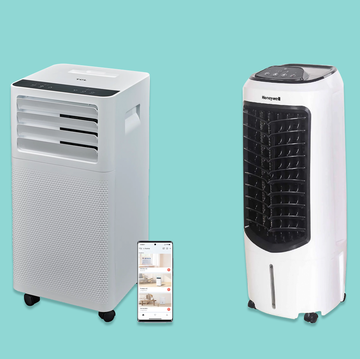We've been independently researching and testing products for over 120 years. If you buy through our links, we may earn a commission. Learn more about our review process.
4 Best Knife Sharpeners of 2023, Evaluated by Experts
Sharpen up your go-to knives with these top-rated picks.
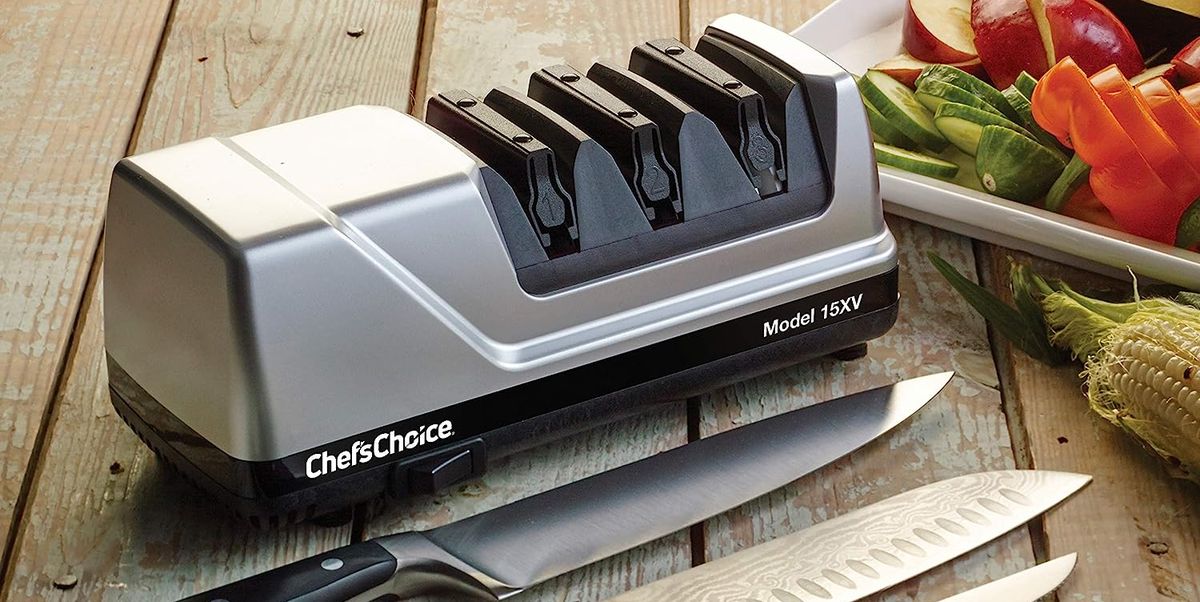
If you've ever been frustrated by chopping onions or slicing a tomato, chances are it isn't you — it's your knife. A dull knife is not only frustrating to use, but dangerous too, since it is more likely to slip as you cut. Whether you need to spruce up your old standby or if you just splurged on a fancy chef's knife or Japanese knife, regularly sharpening your knives is a great habit to get into to maintain its pristine edge and make cooking easier and safer.
The best knife sharpeners make it possible to sharpen your knife at home and keep it sharp, which is essential to good cooking. The three main types — electric, manual and sharpening stones — work by shaping the knife's edge with a coarse abrasive, then polishing it with a finer abrasive.
Our top picks:
The pros in the Good Housekeeping Test Kitchen and Kitchen Appliances and Innovation Lab evaluated knife sharpeners from popular and top-rated brands through frequent testing in our kitchens and Labs as well as at-home experience, and relied on the combined expertise from culinary professionals to determine the best. Read on for details on our favorite knife sharpeners as well as how we evaluated knife sharpeners and what to consider when shopping for a knife sharpener.
Samantha (she/her) is an Assistant Editor in the Good Housekeeping Test Kitchen, where she writes about tasty recipes, must-try food products and top-tested secrets for home cooking success. She has taste-tasted hundreds of products and recipes since joining GH in 2020 (tough job!). A graduate of Fordham University, she considers the kitchen to be her happiest place.
Watch Next

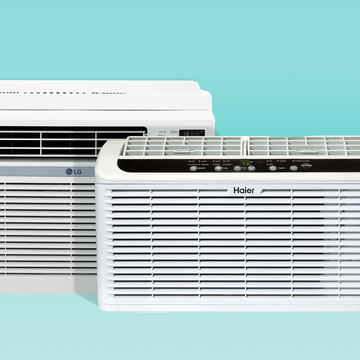
The Best Window Air Conditioners for Your Home
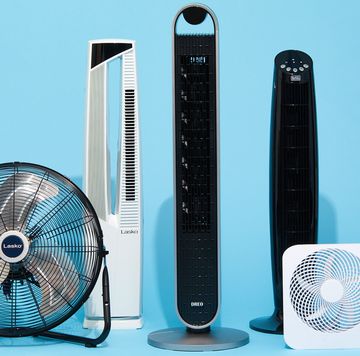
9 Best Fans of 2023 to Cool Your Whole Home
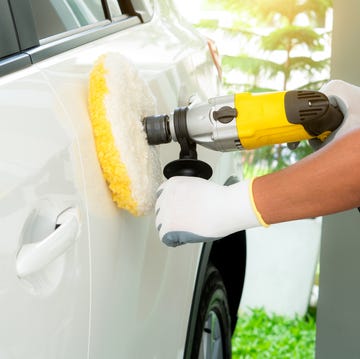
4 Best Car Buffers of 2023
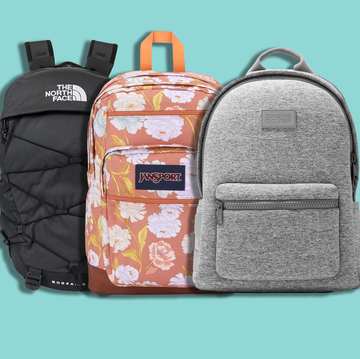
21 Best College Backpacks of 2023



